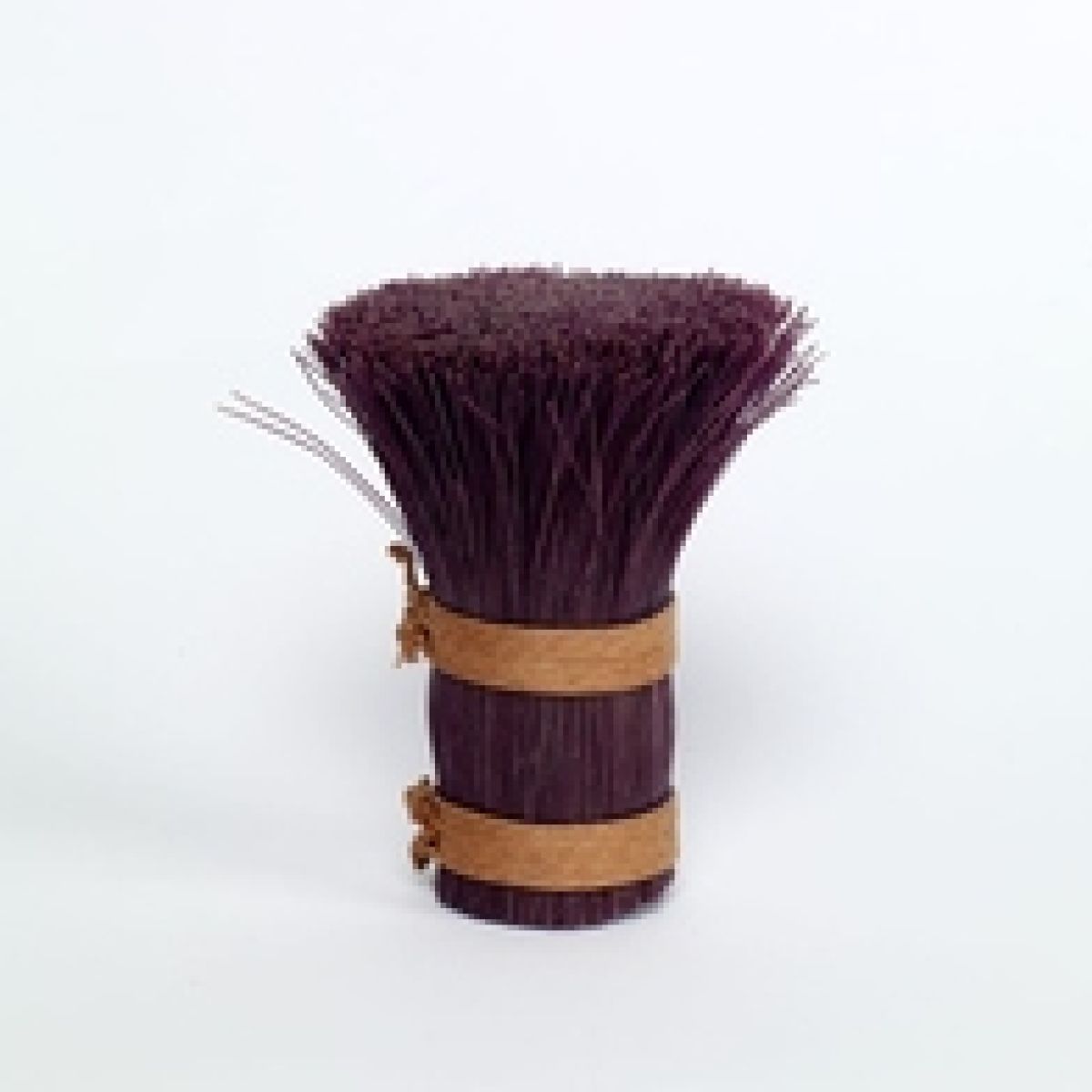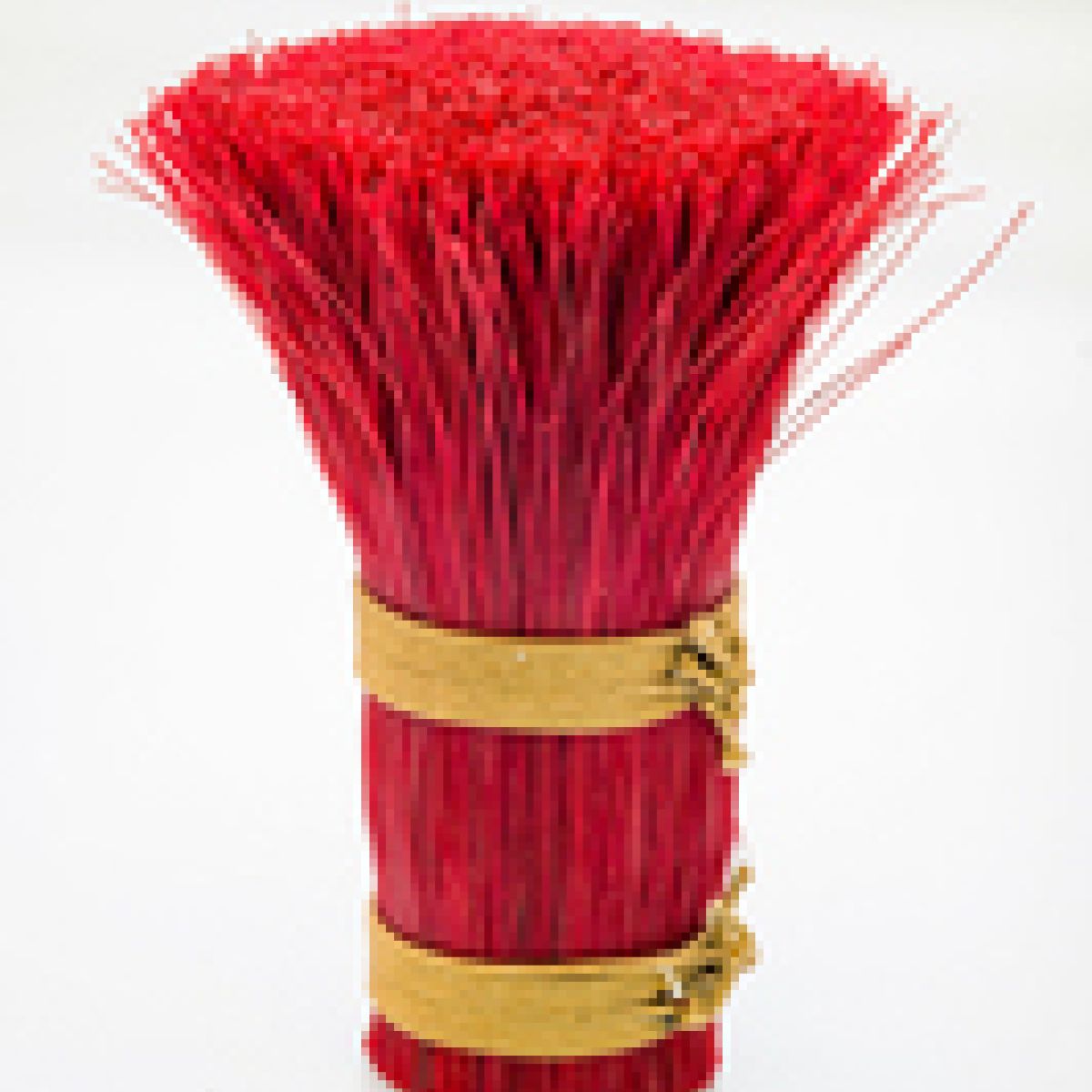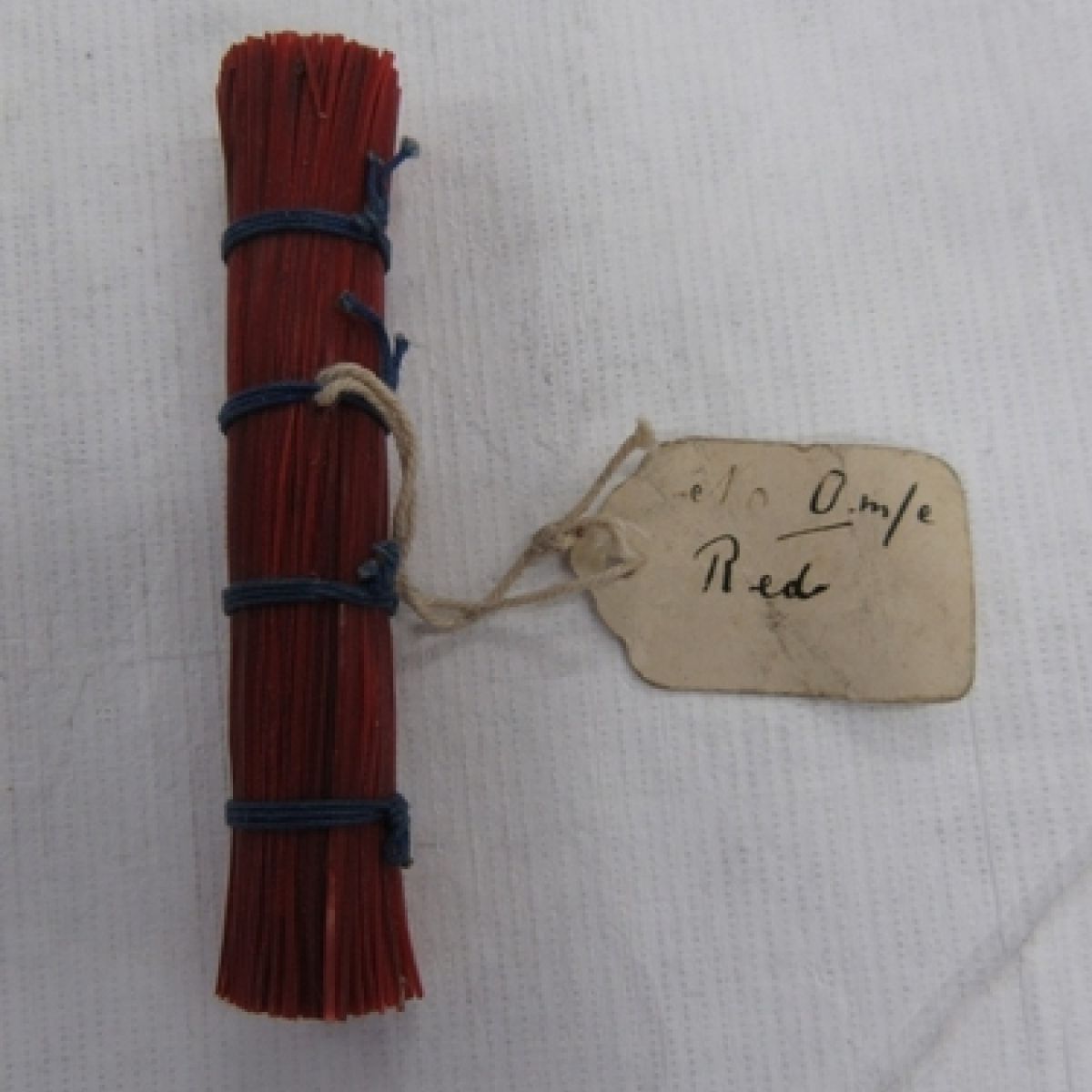18th June 2020
Hi! I’m Jocelyn, Research and Documentation Assistant, based at the Maritime Museum. Normally, I would be helping to document the Maritime Museum collection but instead I’m at home!
Hello! More object research incoming! This week I wanted to find out what processes went into making these objects:
Whalebone isn’t actually bone at all Baleen, sometimes called whalebone, is the hair-like substance that hangs inside the mouth of a filter-feeding whale.
Baleen is made of keratin, the same as human hair and nails. It is a flexible and strong substance, and was used in similar ways to how we now use plastic. For example, this broom head has baleen bristles, and in the Maritime Museum collection, we have baleen parasol frames, ladles, and even a set of darts.

Baleen is just one of the useful products that were harvested from the bodies of whales. Hull’s whaling industry was built on the hunting of Greenland Right Whales for their blubber, which could be rendered into a useful oil, and their baleen.
After a whale had been killed at sea its carcass was secured to the side of the whaling ship. Then, men wearing irons strapped to their boots to stop them slipping, would descend down the side of the ship and stand on the whale and begin to chop it up. The baleen plates were cut with a special hatchet.
In the 20th century, whale carcasses could be taken to whaling stations for processing, or they were processed on board huge factory ships. Whaling stations were set up on islands in the South Atlantic, like at Grytviken on South Georgia. In its heyday, 300 people worked at Grytviken during the summer months. This photograph from the museum collection shows two men standing next to the open mouth of a baleen whale, presumably just about to start the process of removing the baleen bristles from the jaw.

Once removed, the baleen was divided into smaller pieces and the hair (baleen fringes attached to each plate aiding the water filtering) as well as remnants of gum removed. Each piece was scrubbed with sand and water, exposed to the air and sun to dry and given a final polish before being packed together in portable bundles.
It could then be shipped to manufacturers like Devine Bros. of 287 Cann Hall Road, Leytonstone, London. They are listed in 1922 as “Manufacturers of Whalebone Specialities; Split Whalebone, for use in the manufacture of Brooms, Brushes and other articles.” We have a large amount of Devine Bros. baleen in the collection.
To make the whalebone into a workable product, it was put in a copper basin filled with water and boiled until soft. It was then easy to chop into strands of the desired length and thickness. A proficient cutter could produce thousands of strands per day. Once dried and cleaned and scraped again, they were packed according to length, thickness and strength and sold by weight. Several sources suggest that whalebone merchants and cutters were able to recognise their own product by its length, particular marks, how well the strands were cleaned and polished and even the string with which bundles were tied together.[1]
But how could the baleen be dyed amazing colours like red or purple?
The book Turning and Mechanical Manipulation, Vol. 1 by Charles Holtzapffel (1843) states “The general colour of whalebone is a dusky greyish black, intermixed with thin stripes or layers of a pale colour, which are often almost white – very rarely the entire flake is milk-white.
The preparation of the whalebone for use is very simple. It is boiled in water for several hours, by which it becomes soft enough to be cut up while hot, in lengths of different dimensions according to the use to which it is to be applied. Whalebone that has been boiled, and has become cold again, is harder and of a deeper colour than at first; but the jet-black whalebone has been dyed, and by the usual processes it takes very bright and durable colours.”
But what are the “usual processes”?!
[1] https://www.cityoflondon.gov.uk/things-to-do/london-metropolitan-archives/the-collections/Pages/whalebone-trade.aspx
These bundles of baleen were produced as samples by the Devine Whalebone Co.
They are examples of bleached cream whalebone and whalebone that has been dyed red.
Chlorine-based bleaches have been used for bleaching since the late 18th century, and it seems likely to me that to get the uniformity necessary to produce large quantities of one ‘bleached’ colour of baleen, you would need to use a chemical bleach, rather than a natural bleach like sunlight or lye.
The same is true of the dyes - natural dyes tend to fade and were hard to reproduce, so the dyes that made these red and purple bristles (which are still so vibrant today) were probably artificial.
According to Textile Preparation and Dyeing by A K Roy Choudhury (2006), “When the first synthetic dye appeared on the market in 1857, it was traded at the price of platinum”. The first purple dye was called aniline purple, aka mauveine or mauve. Then came the first red dye, aniline red, aka fuchsine or magenta. Aniline dyes were derived from coal tar.

“What made the first synthetic dyes so popular from the very beginning was their brilliance and fastness compared to the existing natural dyes. Another advantage of synthetic dyes was that dye-makers could guarantee dyers and printers a dyestuff that would always have the same shade, whereas the hue of natural dyes would vary from season to season”
Knowledge and Competitive Advantage: The Coevolution of Firms, Technology and National Institutions by Johann Peter Murmann (2003)
Although we don’t know the manufacturer of the red and purple bundles of baleen that sparked this research, I think it is safe to assume that they were produced at a similar time to the ones from the Devine Whalebone Co., which was around during the late 19th and early 20th centuries.
So they were made after the invention of the synthetic purple and red dyes, and the colour of the mauve dye in the above sample looks a lot like the purple bristles to me! And the first red dyes produced a scarlet that looks just like our red bundle! So although Charles Holtzapffel talked about the “usual processes” in 1843, which may have involved natural dyes, these bundles were probably dyed with synthetic dyes during the late 19th century.
I’m still not sure of the actual dyeing process – was the dye mixed with anything before it was used? Did baleen accept dye easily or did it need multiple goes? Did some manufacturers have a unique dye colour? But I think I’ve got a step closer to understanding how our red and purple bundles of baleen bristles were made.
If you have any information about baleen, dyeing processes, or dyes, please get in touch!




